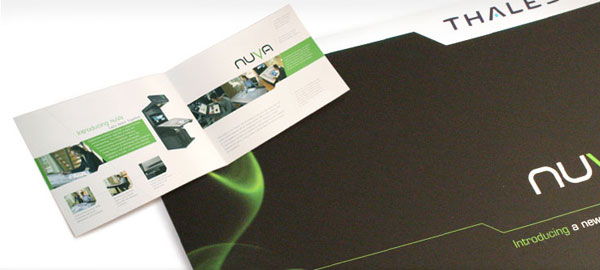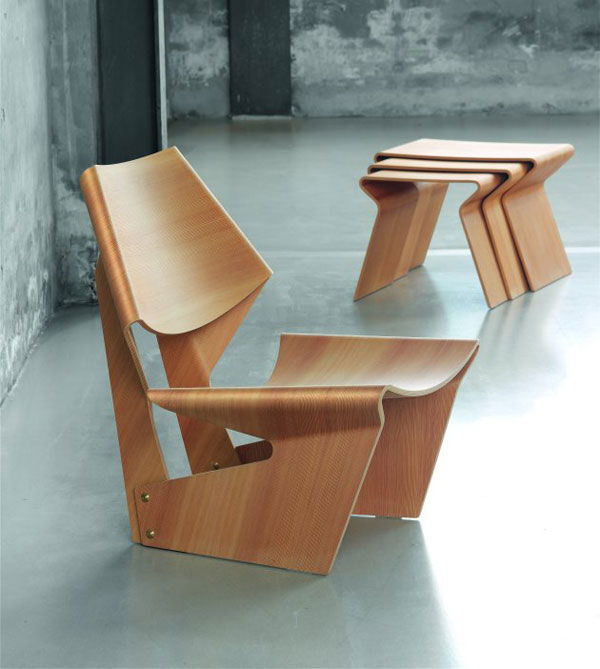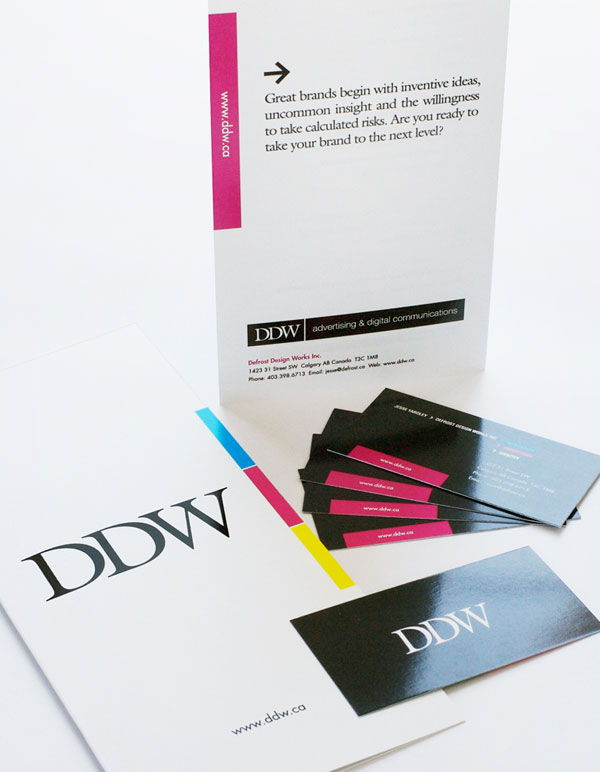Industrial Design Major Project Tips and Tricks

- ABC
- backup plans
- CAD
- candidate product
- Car brochures
- car dealers
- chair
- Design
- design drawings
- Embody 3D
- even building services
- graphic design work
- GSM
- ideation
- industrial design
- Logo
- Major
- model
- Myspace
- opportunity plan
- outer hardware
- presentation tool
- professional painter
- software designers
- The New Inventors
- time management plan
- work
- your product
In this post I will provide some handy tips and tricks that may prepare you for your industrial design major project. As well helping you get your project finished on time I will also provide guidance for getting your project to be of a professional standard. This will be helpful for students in their final year of university, TAFE or college but may equally apply to any large project being undertaken. If you have any other tips please comment and I will add it to the list!
1. Plan, Plan and Plan Some More
Although its tempting not to perform planning initiatives on a project because it takes time, inevitably it will save you a lot more time in the long run. You should have a central time management plan for your project or project log sheet that you use to estimate activities. Always leave at least a 20-30% contingency time to every activity you do because the chances are you will under-estimate the time it takes to complete a design activity. Design takes days, essays take hours. For model making tasks leave huge contingency times, maybe on the order of 50-60%.
Always break down major tasks down into mini tasks and this includes having individual plans for your CAD model, your physical model, design drawings and ideation activities, rendering tasks and graphic design work. You should never know what you have to do. If this is the case stop immediately and develop a sufficinet plan.
An optional idea is to create a risk and opportunity plan. It is highly likely people will let you down or things will just go wrong. A risk and opportunity plan will allow you to create emergency plans or backup plans if things fall through. What are you going to do if you have 1 week until your model is due and a supplier says the part can’t come in until 2 weeks time?
2. Maybe Quit External Jobs and Distractions
Quit external jobs or distractions! This may not work for some, especially those that rely on a job to support themselves. But ultimately a good project needs a good amount of time. Design is an iterative process so the longer you spend in the ideation stage the better the design will be.
For some it might not be a matter of quitting work but perhaps giving up luxuries like Facebook, Twitter and Myspace or a favourite TV show or video game. Or maybe not going out to your favourite binge location on Saturday night. You can do all these ‘critical’ tasks after your project is finished.
3. Spend Lots of Time Working on a Good Layout
Take a large amount of time working on a decent layout. Not just any layout but a great layout, a layout that aesthetically matches your product design. You only have to create this aesthetic style guide once, so make it look amazing. If you do a good job of this everything you submit including: reports, engineering drawing, brochures, business cards, product decals will just look so much better. Of course if you do a bad layout everything you submit will just look sub-standard despite a great product design. Although this shouldn’t be too important to your project marker it is amazing on a sub-conscious level the implications this can have. Go on flickr and search for ‘annual report’ or ‘layout design’ to get some good inspiration. It doesn’t have to be elaborate, keep it simple as always. Another place to get layout inspiration is to go to a suburb where there are lots of car dealers and request a brochure from all of them. Car brochures tend to have excellent layout examples for product designers.
4. Give Your Product a Logo and a Slogan
Give your product a logo and maybe even a slogan if you come up with a good one. Pretend your product is actually being released into the market, this will help your audience envisage your product on the market shelves. For logo tips please see my other article:
The Theory of Logo Design
5. Tell Me What On Earth Your Product is!
If your design solution looks out of this world explain under your main heading title in a small 3-10 word sentence what on earth it is. For example, your product could be called the ‘SunGaze Lawnmower’ and it looks like some crazy killer robot lawnmower, underneath it put “the solar powered lawn mower”. Show a neutral third party your presentation and if they don’t understand whats going on in under 30 seconds you need to work on your presentation. I am not saying they need to know every little detail within 30 seconds but at least what industry or need your product is addressing.
6. If You Have Little Innovation at Least Make it Look Pretty
Lets face it a lot of the time in product design we may find ourselves just beautifying products. For your major project you may not be proposing a candidate product for ABC’s ‘The New Inventors’. You might just be making an interface simpler or making a product look more appealing for a particular market. If this is the case just make sure your product is perfect aesthetically and ergonomically, there is no excuse not to, especially when others maybe designing the next personal computer. There is nothing worse than seeing a major project chair design which is poorly designed and not ergonomically considered when we have had good working chairs 3000 years ago when the Egyptians were around.
7. Work with Sponsors and Industry Partners
Working with industry partners and sponsors will save you lots of time and money. Industry partners may be able to give you professional advice, free components and materials or even building services for your model for free or at a highly discounted rate! This might seem a bit scary because people from industry have more important things to do and are all big and important but give it a try you have nothing to loose apart from half an hour of your time. You will be surprised by how many businesses are willing to give back to the community and support university innovation.
Be very persistent with this! I recommend developing one really nice email and sending it out to 20-30 companies (change who the email is addressed to in each one though!) Make sure you give them some incentive to helping you, some suggestions include: putting their company logo on your presentation material, giving them a signed certificate from the university/college, or if they help you heaps you might even arrange a licensing deal where you receive a royalty if the products goes into production and they get exclusivity to manufacture your product.
Getting endorsed by these industry partners demonstrates to your markers that you have gone the extra step just like real industrial designers do in getting advice from professionals in the field. Industry endorsement can also be a valuable presentation tool.
8. If You Have Time Do Some Photography
If by some miracle your plans worked out and you have some time on your hands at the end, get a nice SLR camera (maybe off a friend or hire one) and take some quality photos of your model. Take photos of your products in use and some hero shots as well. Photos always look better than renders and it just gives it that hint of class.
9. Value Advice
Take advice on your design from as many people as possible and evaluate this feedback as to which one you should listen to, i.e. which source has the greatest authority. This may seem obvious but many designers get arrogant about their own abilities. Never under-estimate the opinions of people in industry, end-users or even your parents and siblings.
10. Outsource!
Outsource! If work tasks are taking longer than expected, outsource them. Model making activities in particular can be outsourced, but if you are not very fast at CAD even that is worth outsourcing. For example, getting a professional painter to paint your model is a great way to save time as this can usually take a while and is relatively cheap to do. If you need help with your major project fill out the form on our website and we can help you out.
11. Finish CAD As Early As Possible!
Finish your 3d CAD model as soon as possible. You will find that as soon as your product is fully resolved in CAD all the ‘real’ work can start taking place like engineering drawings, rapid prototyping, model making, renders, diagrams…everything. You will find that a quality CAD model will be the most important output of your entire project.
12. Spend Money on Printing
Don’t be scared to spend good money on getting a good print out . A good print job of all your documentation can really add a real sense of quality to everything you do. Don’t be scared to spent that little extra for that higher gsm, or to print borderless or maybe even print as a full spread glossy magazine.
13. Be Careful You Are Actually Doing Industrial Design in Your Project
For many this is a no brainer, but it is surprising how many major projects arn’t actually a product of sorts. I know product designers have the ability to be fantastic interface designers, software designers, architects and system designers but make sure you answer your design problem with a product solution, something tacit that you can feel. Sometimes the best solutions to your problem may be these interface or system designs but if this is the case you either need to find a new design problem or find some way of incorporating a product into your solution. By all means work on a very intricate user-interface or system design for your product but the core of your design should be the outer hardware and its features.








11 Comments
brilliant!
you forgot to add tonnes and tonnes of Red Bull!!!!
Tip #13 is the biggest one students have to listen to! There is nothing more frustrating than students who come up with software kits. They need to realise that there are specialist fields who do software design, graphic design. Interface design however is important for product designers but as you said that shouldn’t be the core of the product although it may be the part that is most innovative.
And don’t forget about passion and patient. Simple matter, but those two are designers needed the most
Sound advice. Don’t know if I agree about quitting your job though. I didn’t necessarily ‘need’ to work to support myself during 4th year (living at home helps a lot). However it gave me a very welcome distraction from the grind of doing my major project. I found that although it needs a lot of time, you can run the risk of over thinking the project and feeling stale when working on it.
Also keeping your job means you have a source of income immediately after uni finishes to repay the massive debt your Mp has put you in! Haha
thats a sick ass facebook graphic where did you get that from?
The photography setup in the picture looks way too pro for a uni assignment but yeah the best looking assignments tend to be the ones with full outa this world photos of their model
Haha I actually edited that devil graphic myself…I have too much time.
great article. been thinking of how to process my major work lately.
personally id love to spend more time on rendering instead of photography…setting up all the lighting and other configuration in real camera sounds so tough for noobs. So I’d rather stick to cad model and render in either hypershot or Modo. since rendering theseday is so much easier than before and that would save sometimes to make better layouts I guess?
coming up with a decent logo or slogan for your major project has got to the be hardest part of the whole project!
Thanks for the information